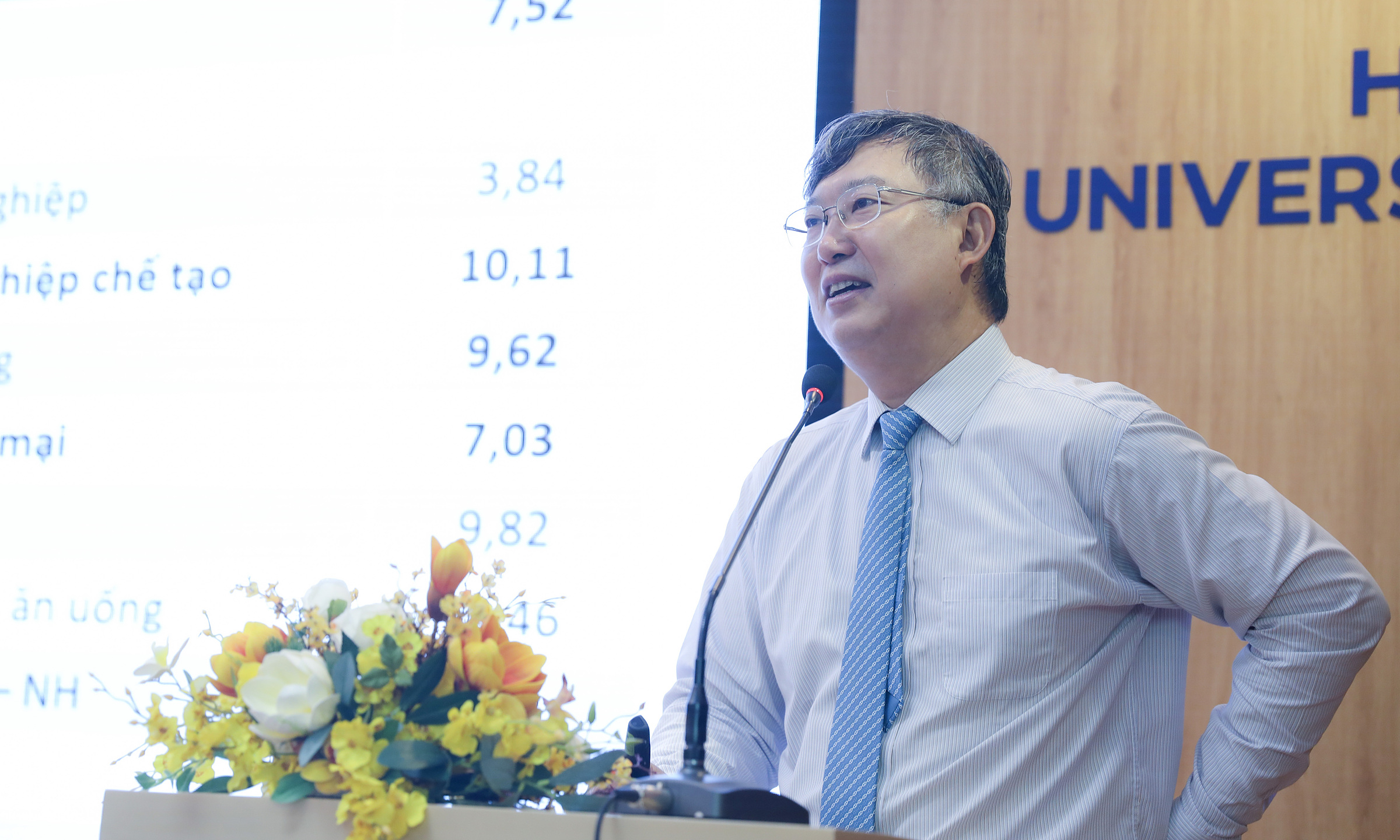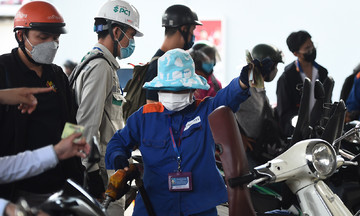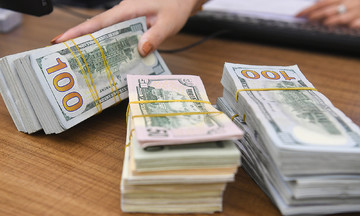This projection is part of the "Vietnam Macroeconomic Analysis" study recently published by Ho Chi Minh City University of Banking (HUB). Associate Professor Doctor Le Hoang Anh, a representative of the research team, stated that the forecast is based on calculations, econometric models, machine learning, along with macroeconomic and microeconomic factors.
According to the General Statistics Office, the second quarter growth rate reached 7.96%. With the trend of each quarter outperforming the previous one, Associate Professor Doctor Le Hoang Anh believes that Q3 and Q4 GDP growth is likely to surpass 8%. "Overall, Vietnam's 8% growth target for 2025 is achievable," he affirmed.
The research team acknowledges that the economy in the latter half of the year still faces uncertainties and unfavorable market sentiment. However, Vietnam possesses "strategic levers" in the form of four key policy resolutions: Resolutions 57, 59, 66, and 68.
Growth drivers for the second half of the year stem from investment, consumption, and the impact of global monetary and fiscal policies. Public investment will continue to play a leading role, with the disbursement of the remaining 65% of allocated capital expected to create ripple effects across production and services.
 |
Associate Professor Doctor Le Hoang Anh summarizes the research at the seminar on 28/7. Photo: HUB |
Associate Professor Doctor Le Hoang Anh summarizes the research at the seminar on 28/7. Photo: HUB
Furthermore, foreign direct investment (FDI) remains steady, thanks to geopolitical advantages, policy reforms, and free trade agreements. The HUB expert group anticipates a "significant increase in private investment, playing a key role in driving growth."
This anticipated increase is attributed to growing confidence in the improving business environment, with supportive tax and credit policies facilitating private sector expansion and investment in key industries. The trend of investment shifting towards high technology, digitalization, and renewable energy also contributes to a stronger flow of private capital into the economy.
Inflationary pressures are not considered a major concern, and the likelihood of achieving the year-end target is "very optimistic." Credit growth is projected to reach 16%.
However, challenges remain for the final two quarters. HUB points out that global geopolitical and policy uncertainties could influence investment and consumption sentiment, making forecasting more difficult. Additionally, tariff pressures may hinder maintaining high export growth to major markets.
Economist Nguyen Xuan Thanh from Fulbright University Vietnam noted that Vietnam's exports performed very well in the first six months due to the trend of front-loading purchases before US countervailing duties took effect.
Consequently, demand from the US market is expected to soften in the second half. Other markets like China and ASEAN also offer limited potential for breakthroughs due to intense competition. Thanh calculates that to achieve the 8.3-8.5% growth target, exports must increase by 17% for the entire year, a challenging figure given the unpredictable tariff situation.
Regarding production, Thanh noted that the Purchasing Managers' Index (PMI) has remained below 50 in recent months, indicating continued contraction in the manufacturing sector. Electricity consumption during the same period only increased by about 4%, a sign that the economy is not yet robust. Doctor Tran Anh Tuan, Chairman of the Members' Council of Tan Thuan Industrial Development Company, also mentioned that exports are currently relying mainly on old orders, while new orders for advantageous goods are declining.
Domestically, consumption has not improved significantly due to high household savings, which reduces purchasing power, according to Doctor Tran Anh Tuan. Formerly the head of the business innovation department of Ho Chi Minh City, Tuan pointed out that the growth in total retail sales of goods and services has not reached 10% (9.3% increase in the first six months). "Since the pandemic, consumption has improved but remains low. Consumption growth of 10-12%, similar to pre-Covid levels, is needed to ensure stable growth," he stated.
Despite the issuance of Resolution 68, the number of newly established and resumed businesses in the first six months nearly equals the number of withdrawals, indicating that attracting social resources and encouraging the private sector remains a challenge. Nguyen Xuan Thanh also pointed out that private investment growth remained lower than other drivers like public investment or FDI in the first half of the year.
 |
Expert Nguyen Xuan Thanh at the seminar on 28/7. Photo: HUB |
Expert Nguyen Xuan Thanh at the seminar on 28/7. Photo: HUB
To achieve the 2025 growth target and create sustainable momentum for subsequent years, the HUB research team recommends continued improvement of the business environment through administrative procedure reform, financial and technical support, and promotion of technological innovation to enhance competitiveness.
Doctor Tran Anh Tuan believes that more concrete actions are needed to put the four resolutions into practice. He expects public services and administrative procedures following provincial mergers and the implementation of two-tiered government to stabilize and operate smoothly.
Similarly, Doctor Mac Quoc Anh, Vice President and General Secretary of the Hanoi Small and Medium Enterprises Association, mentioned ongoing confusion among local officials regarding procedures after administrative restructuring. He proposed a 50% reduction in administrative procedures, exceeding the government's commitment of 30%.
To stimulate consumption, Quoc Anh suggests revitalizing the "Vietnamese people prioritize Vietnamese goods" campaign, establishing private sector clusters for mutual support in finance and product development, and focusing on key industries.
Regarding exports, Professor Doctor Tran Tho Dat, Chairman of the Scientific and Training Council of the National Economics University, recommends diversification, as focusing on a few key markets poses risks when policy changes occur in those partner countries. Nguyen Xuan Thanh suggests the EU, South Korea, and Japan as three promising markets to strengthen trade in the second half of the year.
Regarding monetary policy, HUB assesses current interest rates as relatively low, leaving limited room for maneuver using interest rate tools. External risks impacting and spreading to exchange rates and the foreign exchange market are difficult to predict.
"Therefore, exchange rate stabilization is a critical concern for the last six months of the year," the expert group recommends. In the first half of the year, the Vietnamese dong depreciated by 2% against the USD. Compared to a basket of other currencies, the dong and USD fell by 14% and 11% respectively, according to Nguyen Xuan Thanh.
Vien Thong












